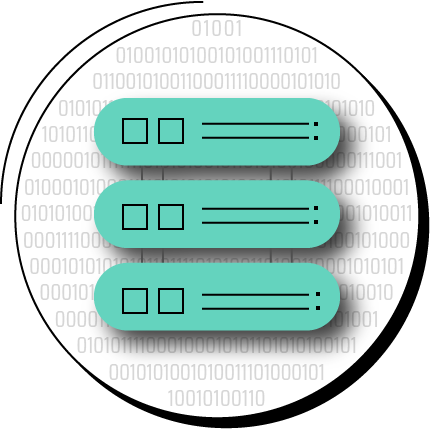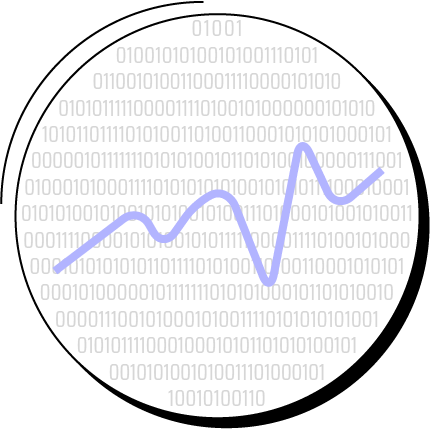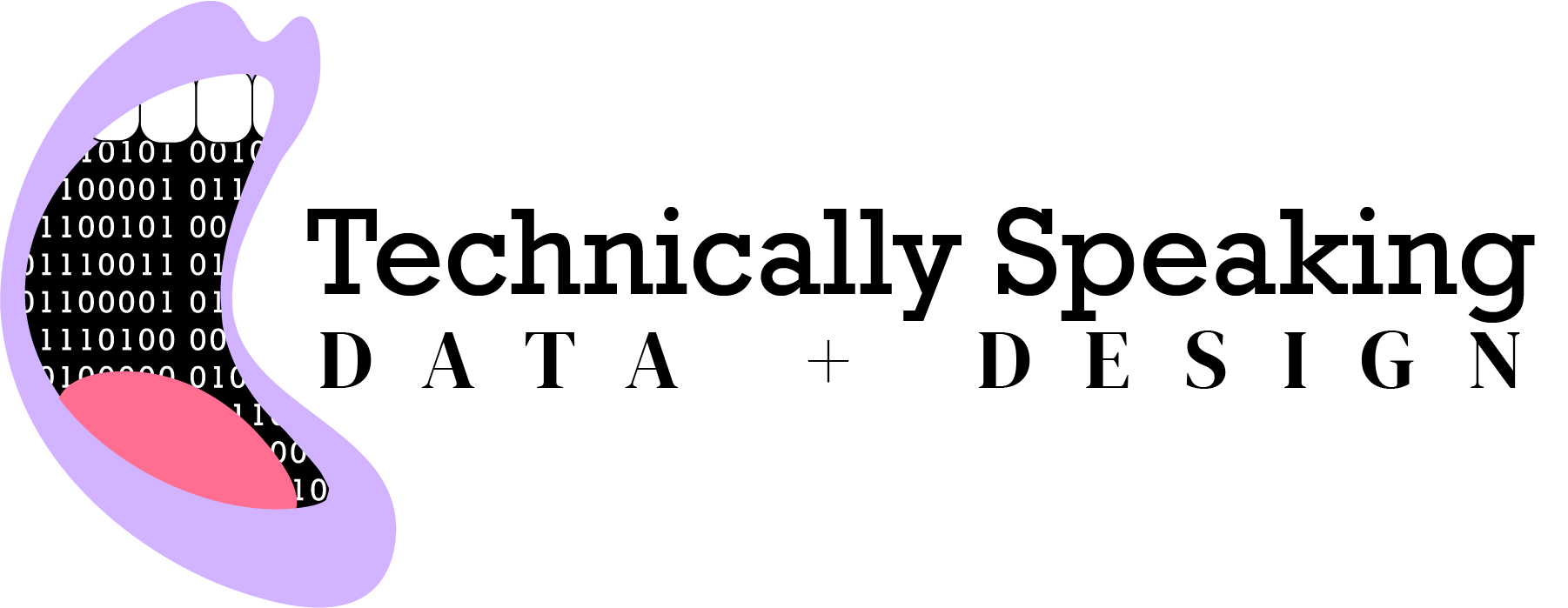
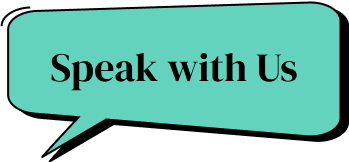
We turn data into stories people understand by blending creativity with data science.
Or, keep scrolling to learn more about what we do to solve the top challenges facing marketers and communicators today.

Picture this: you’re in the meeting and you pull up your latest PowerPoint. There are paragraphs of text explaining why you are doing an amazing job with the smaller-than-needed team you have, and then there’s Barbara. Interrupting you in the middle of your this-took-me-eight-hours slide deck to ask, “but what are you actually doing?”
Oof.
And while you have a lot of data, over half of you don’t have any time to look at it.So you patiently repeat all those bullets on slides 3-7. Only Barbara, and now Jeff, are looking at their phones because they don’t understand how much content it takes to build a brand or that a CPM of $1.58 is incredible.
Now you’re rambling about metrics no one cares about because you have more data than the number of books in the latest romantasy series and oh no here it comes:
“What is our ROI from that streaming radio ad?” asks Dan.
“Did we get anything from that article?” asks Terri.
You sigh. You try and explain that there is no attribution data to link back from your sales data which lives with your finance team, but no one is listening. Barbara, Jeff, Terri, and Dan are already standing in line at the local coffee shop talking about their weekend plans, leaving you with a presentation that took hours to create and an empty room.
We get it. You can't afford a big agency with all that overhead. That's ok! We welcome projects and solutions where our take-home pay is under $10k.

The only crisis communications PR teams should have to worry about is due to the moose that got stuck in the dorm laundry room. (If you're interested in that story, reach out. It was WILD.)
The best way to showcase your worth to the C-Suite is through a mixture of brand building, incrementality, and media mix modeling.
Google pioneered the study in 2025, and we've taken it to the next level. Let us model your internal, external, and unknown data to get a full picture of how your communications and marketing are hitting the P&L. It will make you and your finance team smile.
The next time we talk about cookies, I demand some milk. (sorry, this is why I shouldn’t write website copy at 3am)
First-party data is what we collect as visitors browse websites, sign-up for accounts, and interact with content. Don’t get us wrong, it’s great. But zero-party data will make you re-live your college beer pong days when you smashed that frat boy’s “unbeatable” record.
Zero-party data is anything that you, our customer, shares with us willingly. For example, maybe you want to tell us your dream vacation or let us know if that fidget toy is actually working for you...
We can then use that data to predict your preferences, behaviors, and intentions. Or, we can just create another Buzzfeed quiz about how your zodiac sign signals your favorite ice cream.
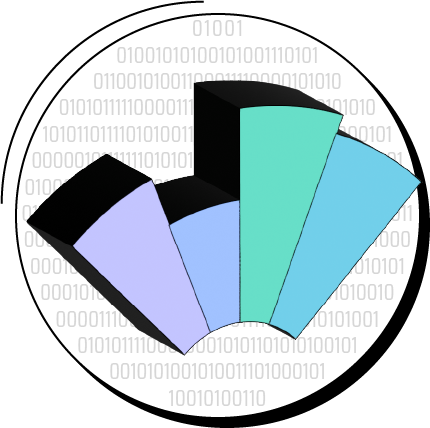
Ready to get your MMM next week? Ok, maybe you aren't quite ready for next week. But seriously - we deliver your fully trained and customized MMM in just one week.
Book NowThere are five phases of Design Thinking:
The Hasso Plattner Institute and Stanford Design Thinking Research Program found this way of thinking yielded great results. Who are we to argue? Every report is a work of design from the monthly PowerPoint deck to the microsite to the tradeshow booth.
We are committed to stronger communication through data. Our roots lie in merging creativity
with analytics, ensuring your narrative stands out in a crowded digital landscape.
Our approach transforms complex data into compelling stories that resonate.
We partner with you to build a narrative that reflects your unique story which transforms your data into a powerful tool for communication and connection.
